
Table of Contents
10 Renewable Energy Working Models for School Projects & Teaching Demonstrations
Renewable energy is the talk of the town ever since we learnt that global warming destroys the planet. But how many of us actually know what renewable energy is? We learn about solar, hydro, and wind power in class textbooks. But never visit a real windmill or learning how a dam works. Most of this happens due to outdated teaching methods, but renewable energy demonstration models aim to change that. With over 1,000 happy teachers and students vouching for their usefulness, here is what the top 10 renewable working models offer to students, teachers, and schools ready to shape the next generation of renewable energy instruction and learning.
Renewable Solar Energy Working Models for Science Exhibitions
One of the most commonly available forms of renewable energy we see is solar power. Due to its widespread availability, ease of use, and simple setup, it is the most widely adopted. It has played a major role in bringing electricity to villages in India. The Delhi government has even provided subsidies to people who choose solar power.
Keeping in mind the importance of solar power, here are the 5 best solar energy demonstration models that are among the most useful renewable energy models for science exhibitions.

- Solar Fan Demonstration Model: This model converts sunlight into electricity using a solar cell. The cell powers a motor to rotate a fan through the photovoltaic effect.
- Solar Energy Demonstration Models: This model uses solar energy to power a fan, LED, buzzer and rechargeable battery. A voltmeter displays the real-time voltage output.
- Solar Water Heater Demonstration Model: This model uses sunlight to heat water through black copper pipes.
- Solar Water Pump Demonstration Model: This model uses a solar panel to power a motor-driven pump. The pump moves water through a tube to create a spray or flow.
- Solar Cooker Demonstration Model: This model demonstrates how solar energy cooks food by trapping heat inside a glass-covered box.
Renewable Wind Energy Model for School Students
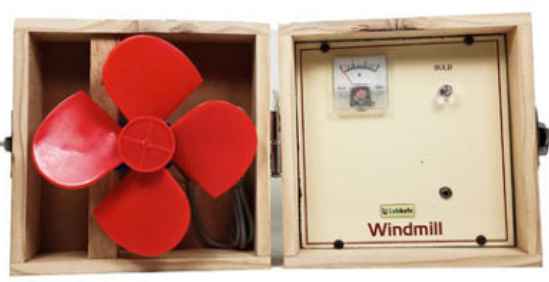
Wind energy is much costlier to set up, requires large windmills, and is usually handled by power-generating companies. Although some people do own windmill farms, it is not common for the average person. The best way to understand how it works is by studying the concept in books. Then applying that knowledge to models like the one here at Labkafe. These models use wind energy and convert it into other visible forms of energy. Clearly demonstrating how one form of energy transforms into another using renewable energy models.
- The Working Windmill Demonstration Model: This model uses a spinning rotor to convert wind energy into electricity through a mini generator. Also lighting an LED and moving a voltmeter needle to show real-time energy conversion.
Renewable Hydropower Project with Complete Explanation

Hydropower is nearly impossible to harvest at home, as it requires a dam with a turbine placed outside the reservoir to use the flowing water to generate electricity.
Therefore, the best way to understand hydropower is through a renewable energy demonstration model by Labkafe, which shows how flowing water turns a turbine to produce electricity.
These affordable renewable energy models are useful for school projects and demonstrations:
- Hydropower Model (Basic): This model demonstrates how flowing water spins a turbine connected to a generator. Converting mechanical energy into electricity through electromagnetic induction, just like in real hydroelectric dams.
- Hydropower Model (Advanced): This model adds an LED bulb to the generator output. This lights up when water-driven turbine rotation produces electricity, confirming the conversion of mechanical energy into electrical energy.
Nuclear Power Plant Demonstration Model for Science Projects

Nuclear power plants provide the most dependable and uninterrupted energy supply to cities and organizations.
The plant uses a nuclear fuel source that undergoes nuclear fission, releasing energy. This energy heats water to produce steam. Steam drives a turbine and generates electricity, similar to how hydro or wind power works.
The nuclear power plant model clearly demonstrates how fission occurs and how a nuclear reactor generates electricity.
These models come in two parts—Part A shows the fission process. Part B explains the working of the nuclear power plant.
9. Nuclear Fission (Part A): This model demonstrates how a single neutron splits a uranium-235 nucleus. Energy and neutrons are released that continue the chain reaction across successive generations.
10. Nuclear Reactor (Part B): This model simulates how nuclear reactors convert fission heat into steam to generate electricity. Fuel rods, control rods, coolant, and turbines for safe and efficient energy production are demonstrated.
They are completely safe and use no radioactive materials, allowing students to study nuclear power without visiting an actual plant. However, nuclear fuel is exhausted after a period of up to 10 years before refueling. This is not a form of renewable energy like the other renewable energy models discussed earlier.
Download Complete List of Renewable Energy Models
This is a complete and comprehensive list of renewable energy models that schools can purchase for classes 6 to 10. These models help demonstrate the importance of renewable energy. They teach key scientific concepts while stressing the significance of sustainability, energy conversion, and responsible resource usage.
- Hands-on learning – Students don’t just read about renewable energy; they actually see and interact with how it works in real time.
- Visual clarity – Complex processes like nuclear fission or energy conversion become easy to understand when demonstrated live with working models.
- Curiosity sparked – Watching fans spin, LEDs light up, or turbines move naturally makes students ask “why” and “how,” leading to deeper inquiry.
- Better retention – Physical models turn abstract textbook content into real experiences, helping students remember concepts longer.
- Future readiness – Exposure to real-world energy solutions prepares students to think critically about sustainability and inspires them to innovate.
Create the next generation of environmental engineers. Get renewable energy models for your school today!
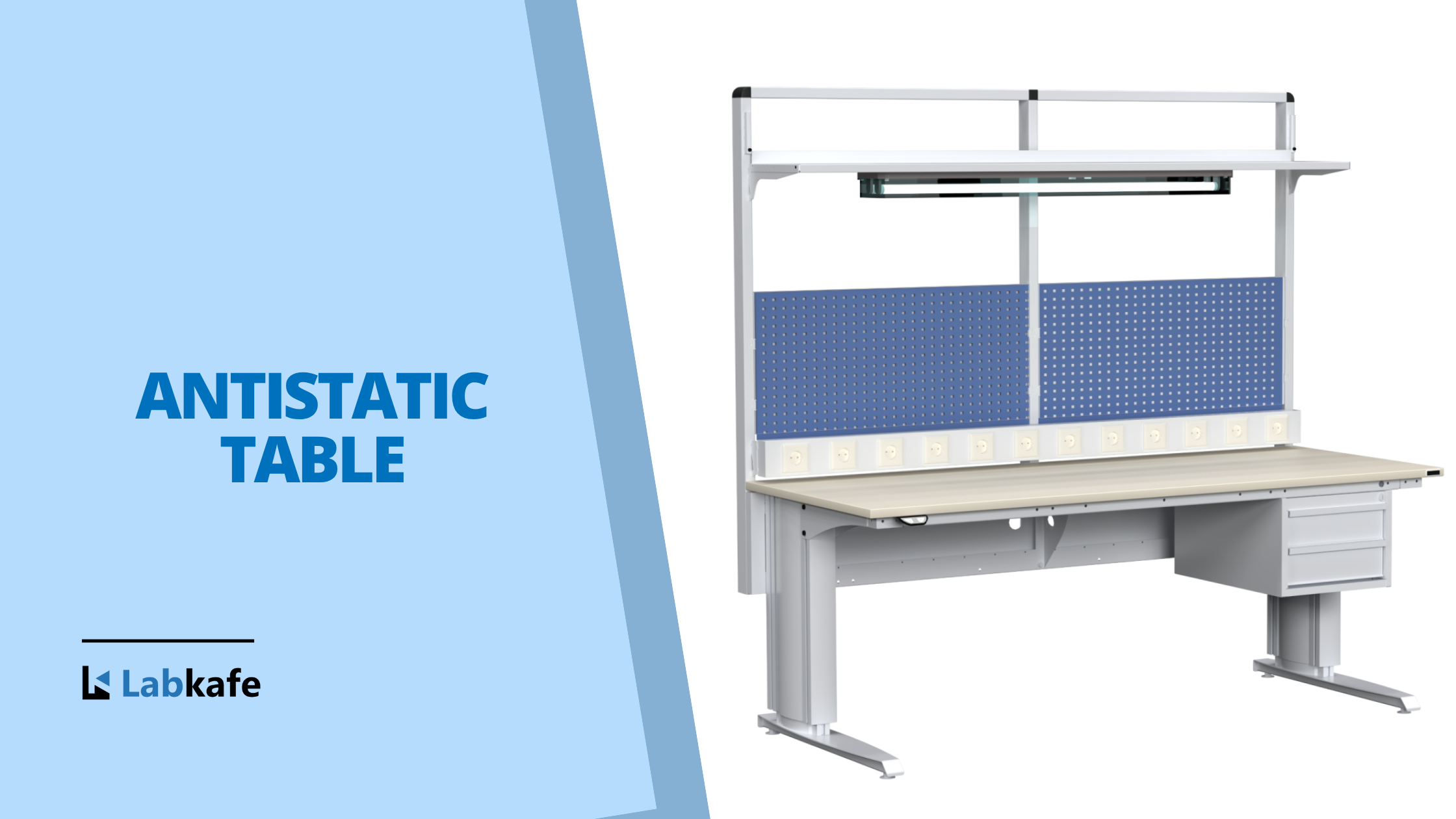
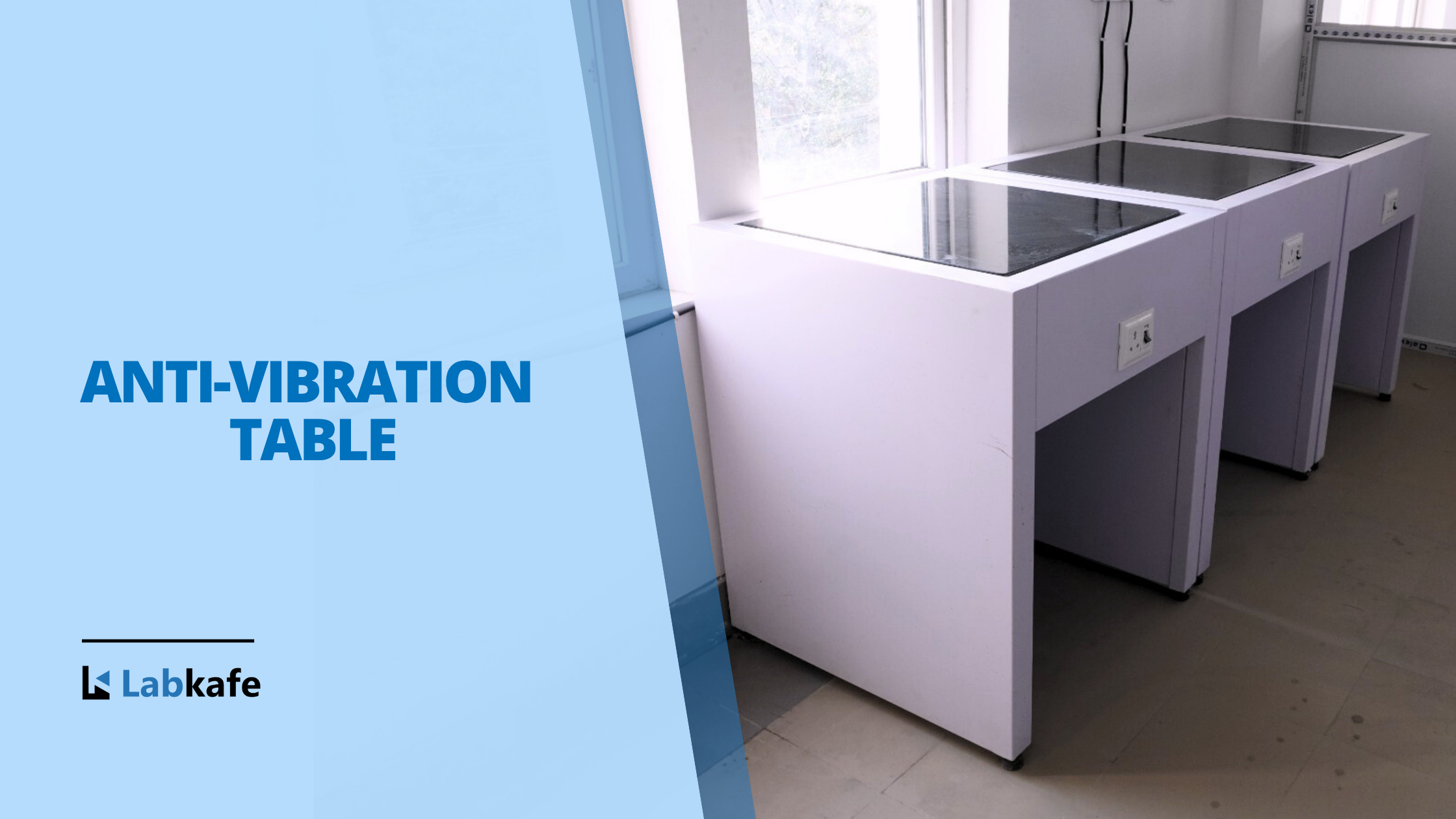

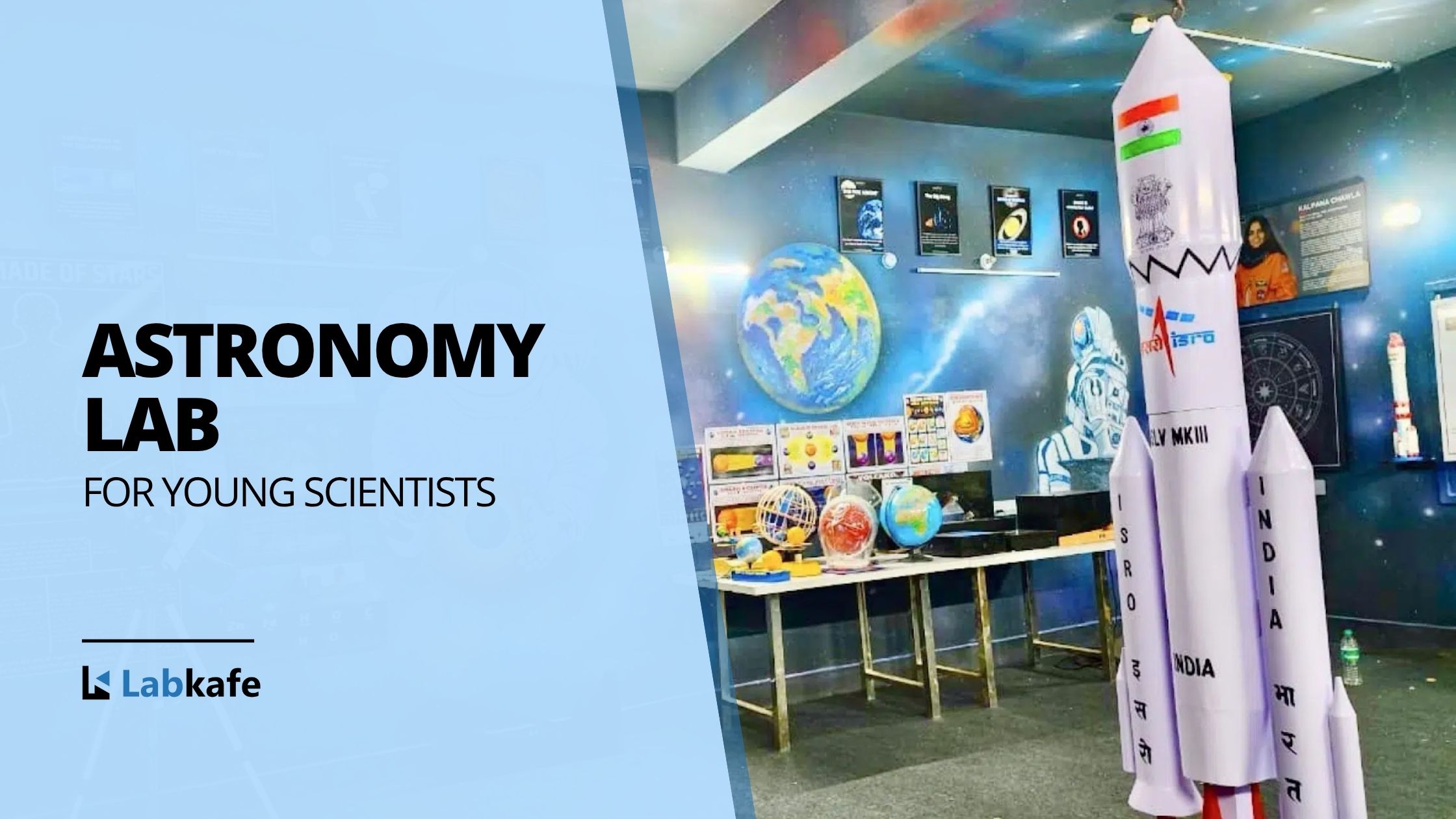
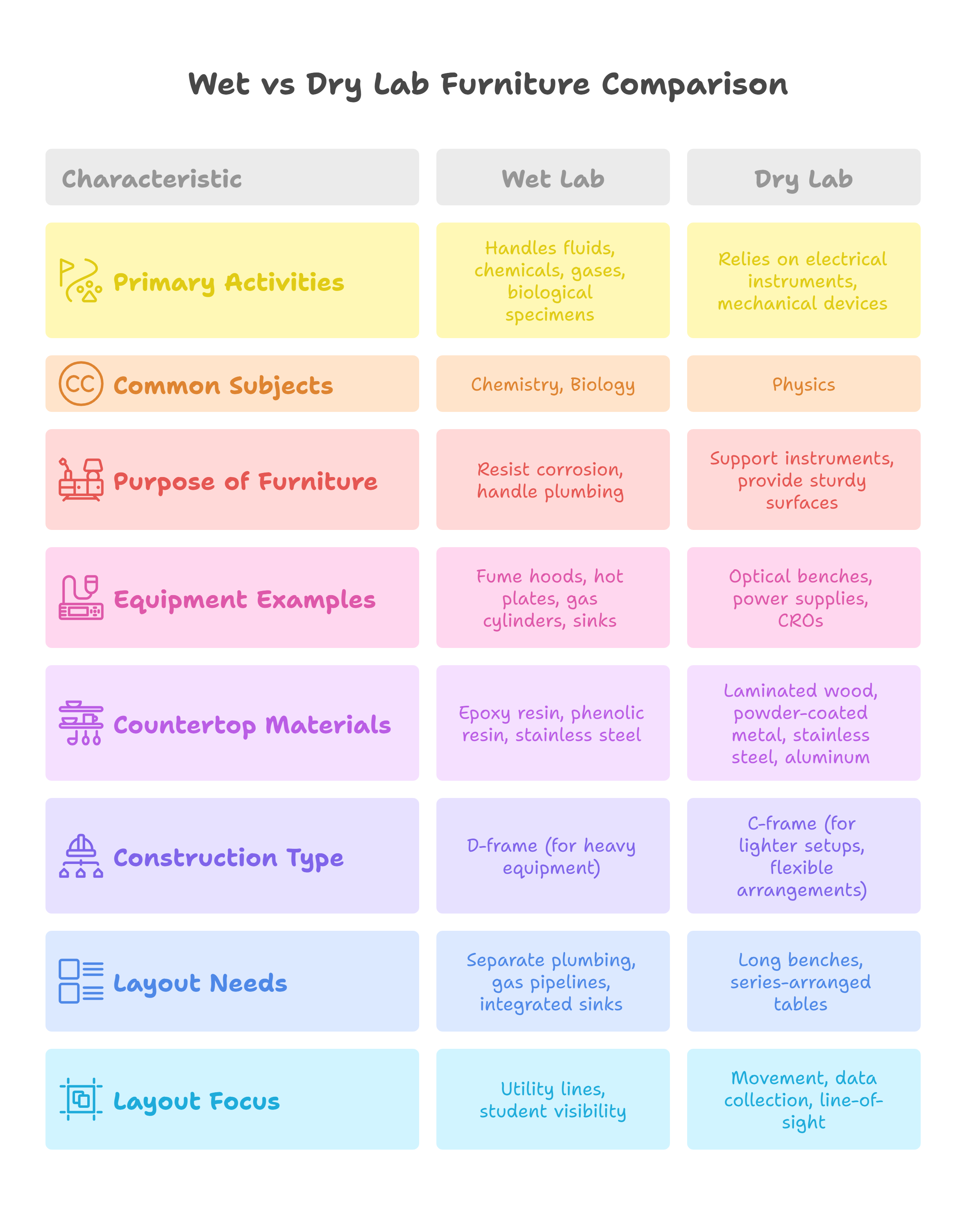
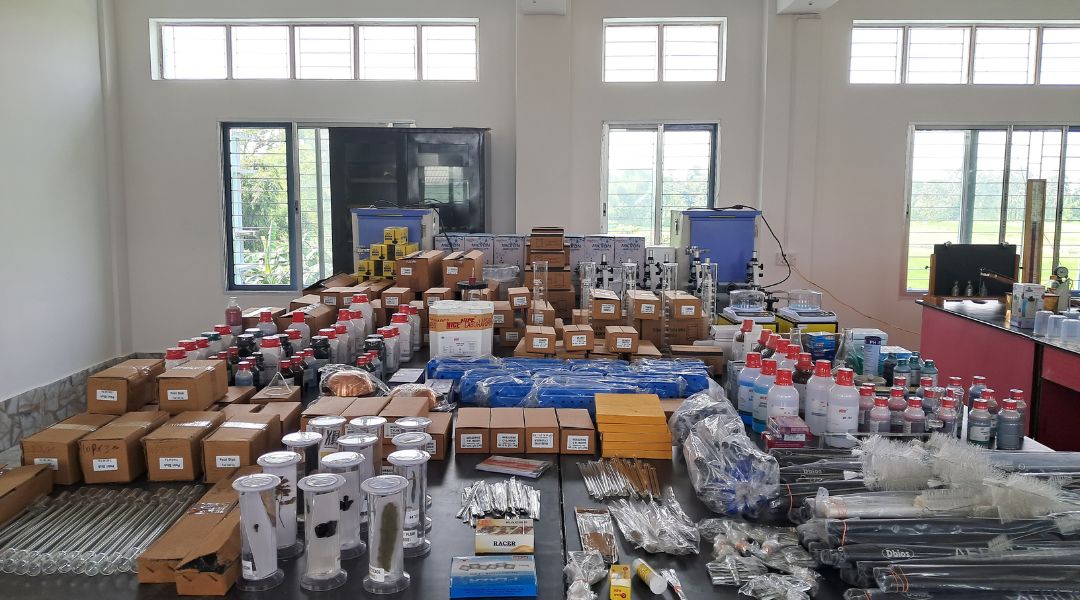
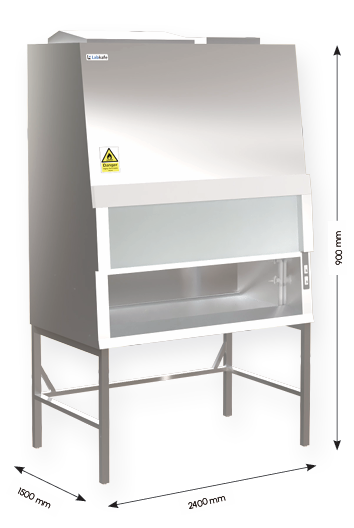
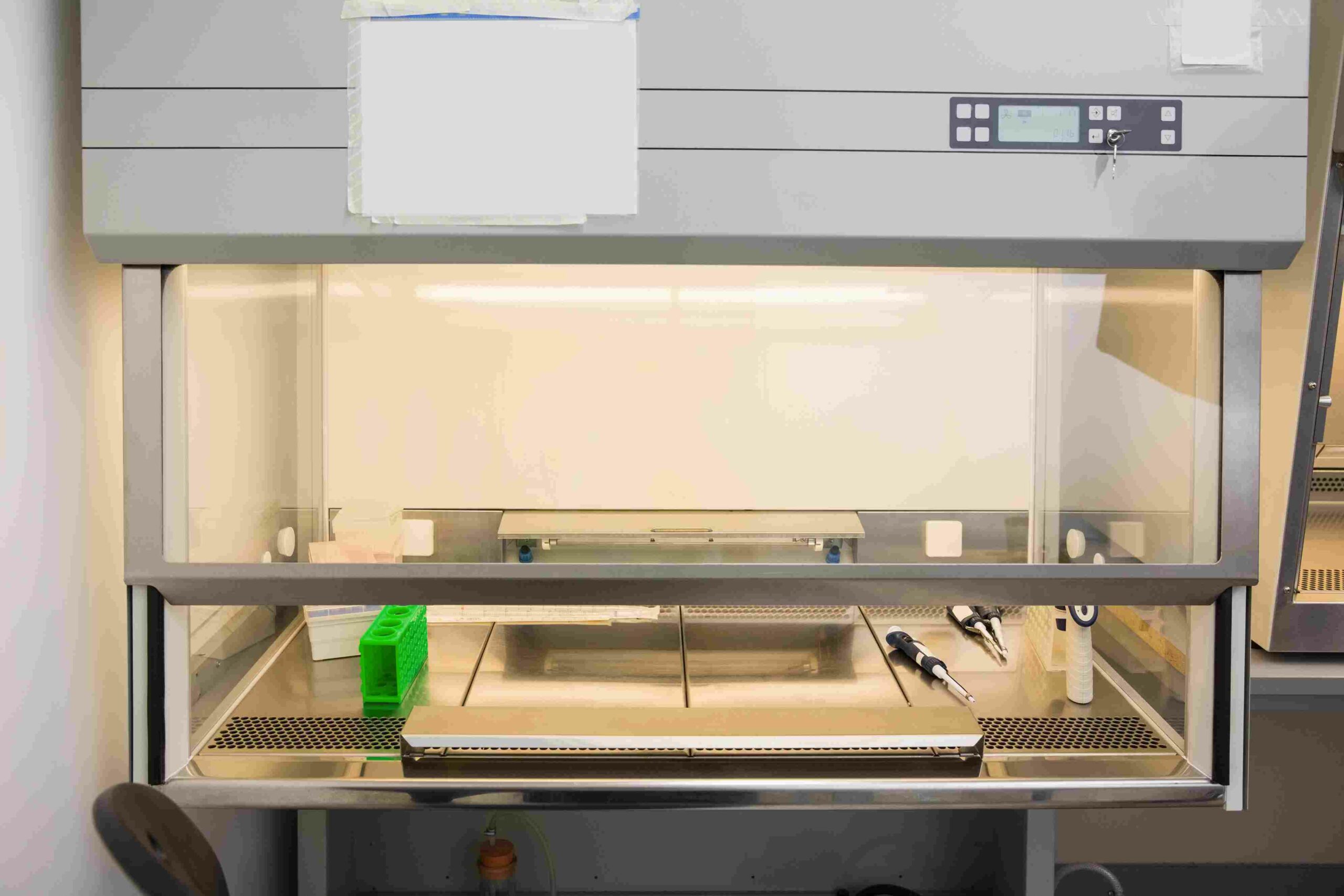
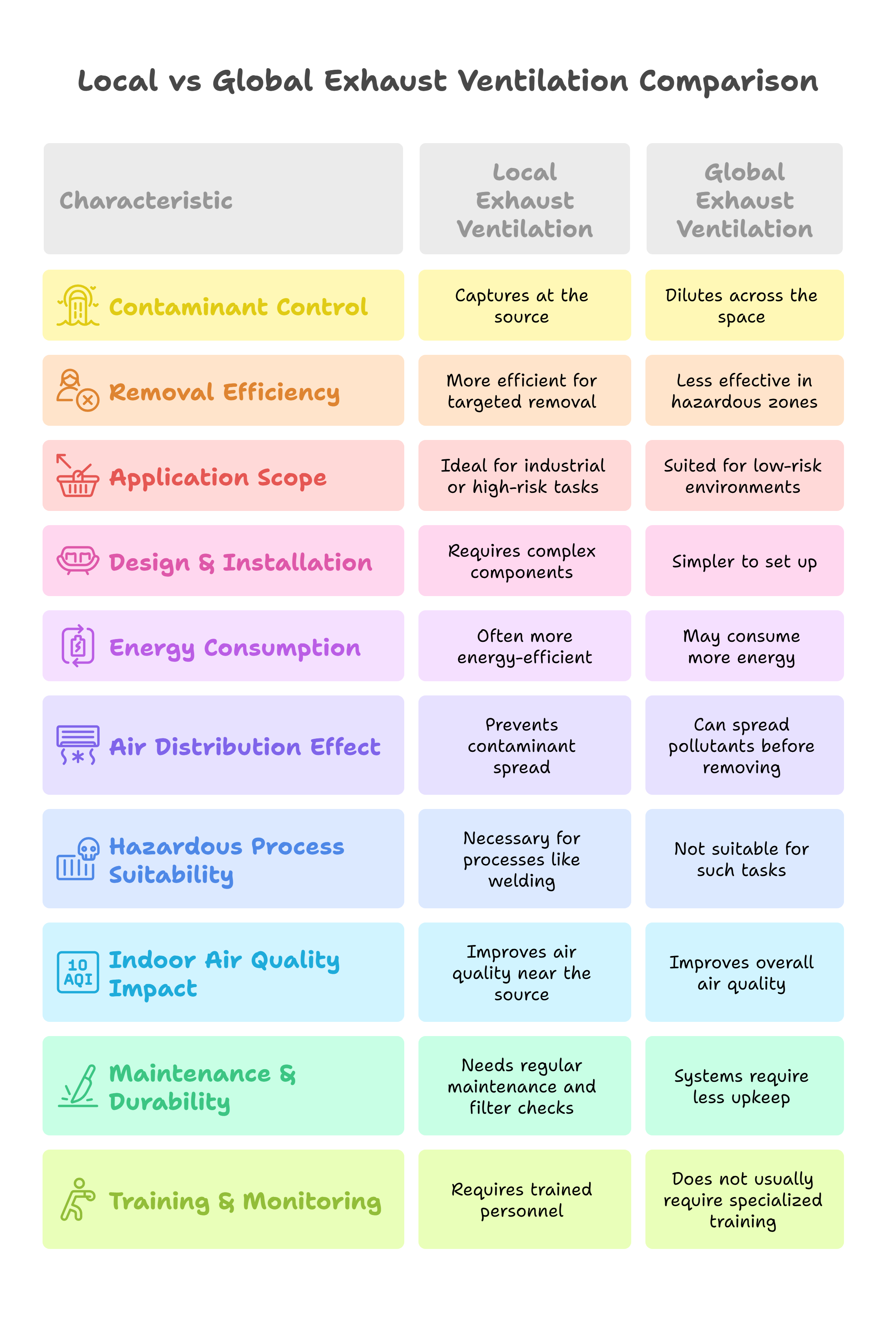
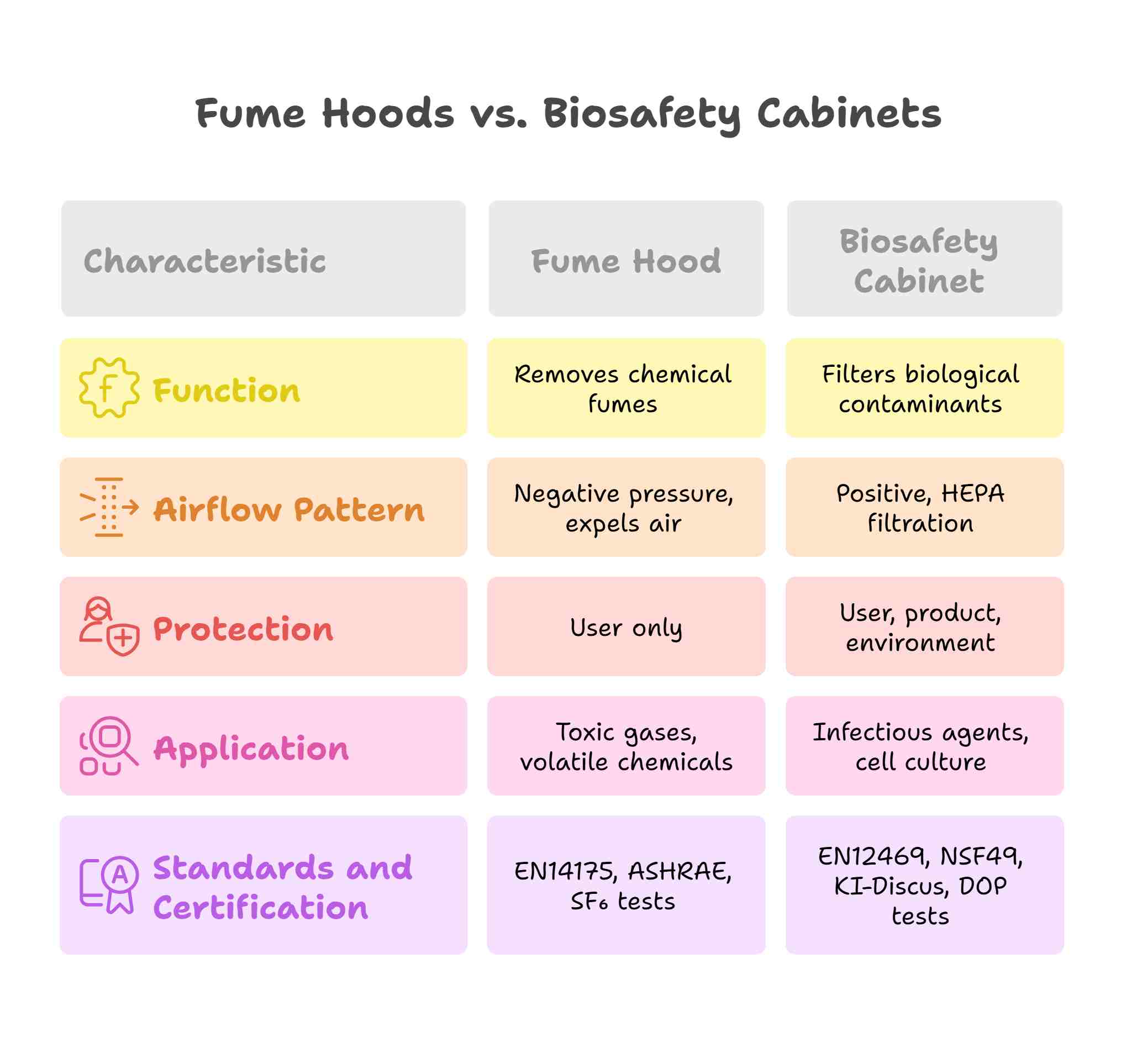

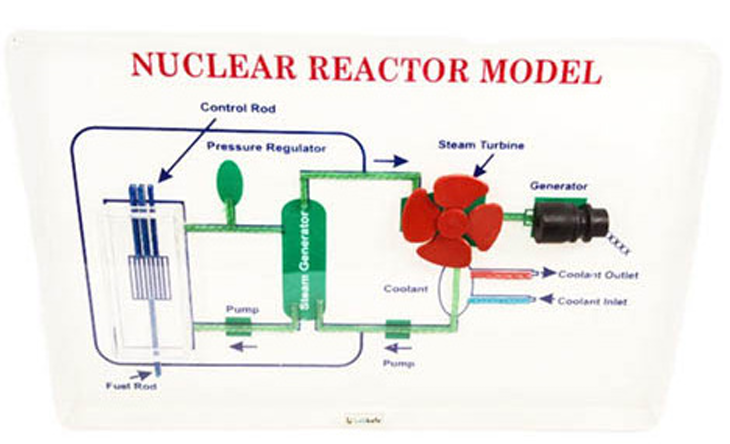
Leave a Reply